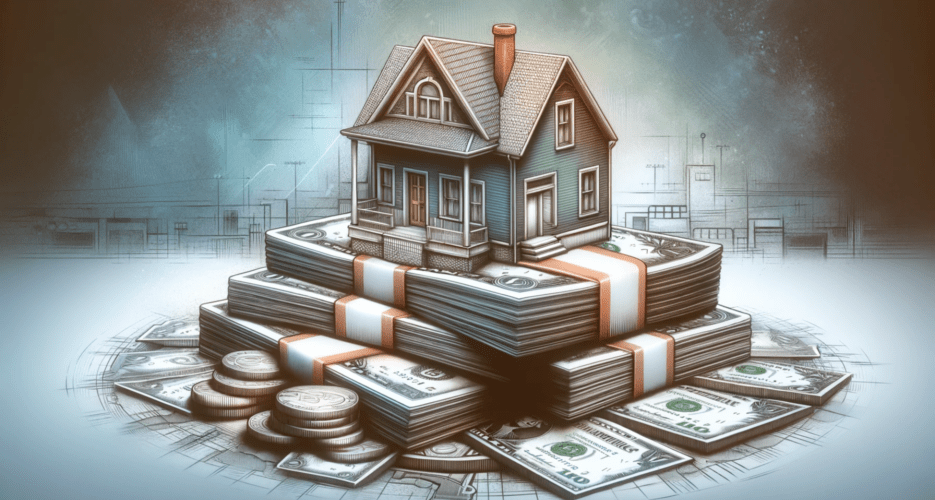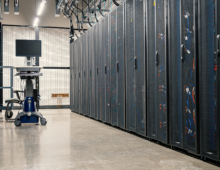The nation’s fiscal shortfall is real, but budget cuts undermining key sectors could diminish future growth prospects
In recent years, the South Korean government’s budget has grappled with challenges as government spending has outpaced revenues. Factors like the aftermath of COVID-19 and financial difficulties encountered by major companies manifested in declining exports in crucial industries, exacerbating this situation. A Korea Pro analysis reveals:
The proposed budget for 2024 aims to bridge the revenue shortfall through austerity measures in select areas. The education sector will witness a reduction of 6.9%, the R&D sector 16.6% and general and regional administrations face a cutback of 0.8%.
In recent years, the South Korean government’s budget has grappled with challenges as government spending has outpaced revenues. Factors like the aftermath of COVID-19 and financial difficulties encountered by major companies manifested in declining exports in crucial industries, exacerbating this situation. A Korea Pro analysis reveals:
The proposed budget for 2024 aims to bridge the revenue shortfall through austerity measures in select areas. The education sector will witness a reduction of 6.9%, the R&D sector 16.6% and general and regional administrations face a cutback of 0.8%.
Get your
KoreaPro
subscription today!
Unlock article access by becoming a KOREA PRO member today!
Unlock your access
to all our features.
Standard Annual plan includes:
-
Receive full archive access, full suite of newsletter products
-
Month in Review via email and the KOREA PRO website
-
Exclusive invites and priority access to member events
-
One year of access to NK News and NK News podcast
There are three plans available:
Lite, Standard and
Premium.
Explore which would be
the best one for you.
Explore membership options
© Korea Risk Group. All rights reserved.
No part of this content may be reproduced, distributed, or used for
commercial purposes without prior written permission from Korea Risk
Group.












